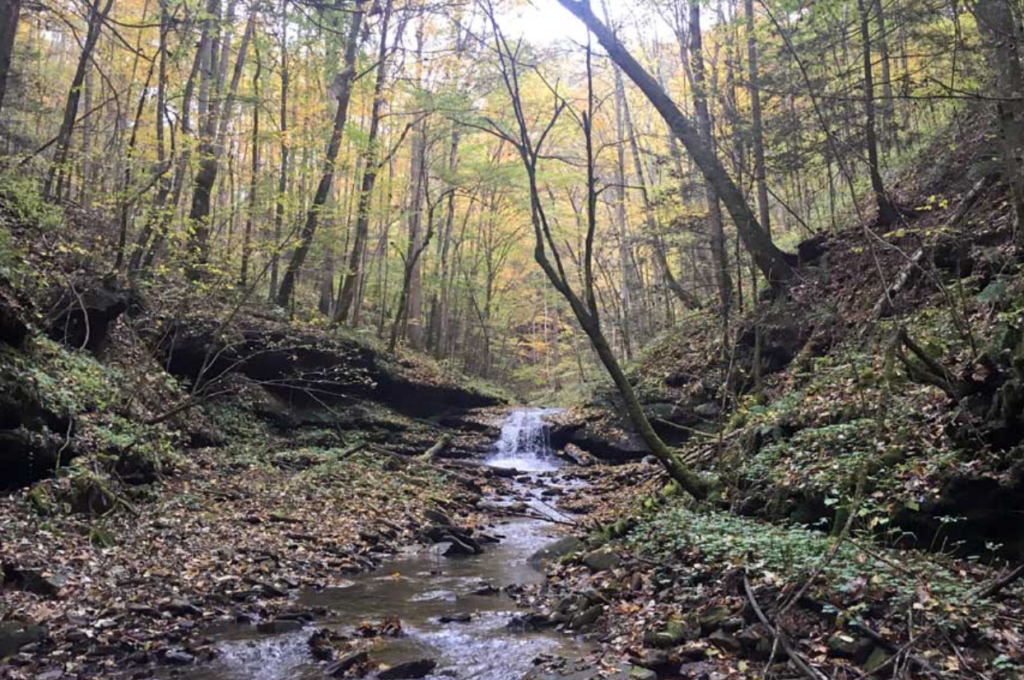
Research done by Tommy Cianciolo, Daniel McLaughlin, and Stephen Schoenholtz of the Virginia Water Center was featured in an article in the Environmental Monitor. The article, titled “Appalachian streams show long, slow recovery from mining’s lingering effects,” was based on work published in Science of the Total Environment.
See article excerpt below:
“Appalachia may be as closely associated with mining as it is to anything else. That close relationship will leave its mark on the area’s streams long after the last mine closes.
A nine-year study recently published in Science of the Total Environment shows that long after mining activity stops and the land is left to heal, streams and stream life are slow to recover.
“We could be really fine point and say that some of them seem to be recovering very, very slowly,” said Carl Zipper, professor emeritus of environmental science at Virginia Tech University. Most of the streams studied didn’t show signs of recovery.
Zipper is part of a team of researchers who have studied a group of 18 mining-influenced streams since 2011, watching how levels of contamination and insect populations respond to the closure of nearby surface mines.
Only five of the eighteen streams they monitored showed signs of recovery. That the number was so low was a surprise, Zipper said. Even for the streams that showed signs of recovery, the recovery was very slow.
Extended monitoring will lend greater insight into a varying, widespread and surprisingly long-lasting environmental disruption.”
“These surface mines are pretty significant landscape disturbances and they have pretty significant environmental effects,” Zipper said. He said there is “no doubt” the team hopes to continue the monitoring project for as long as possible. There are still a lot of questions to be answered about this very, very slow recovery.”
Read the full article in the Environmental Monitor here.
Read scientific article in Science of the Total Environment here.
